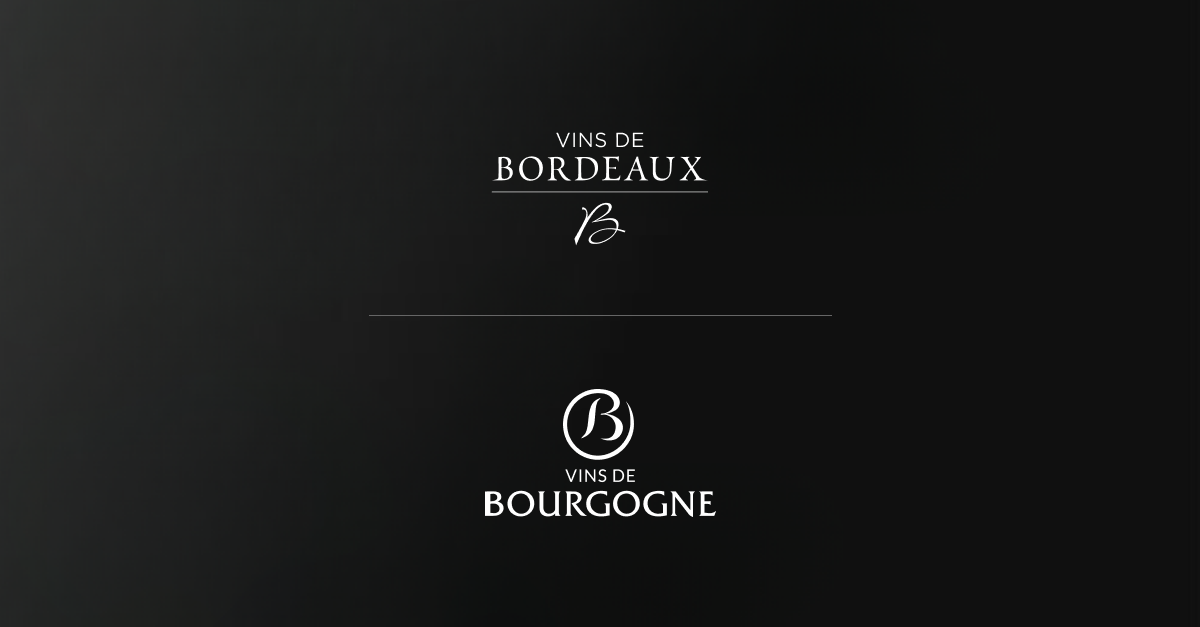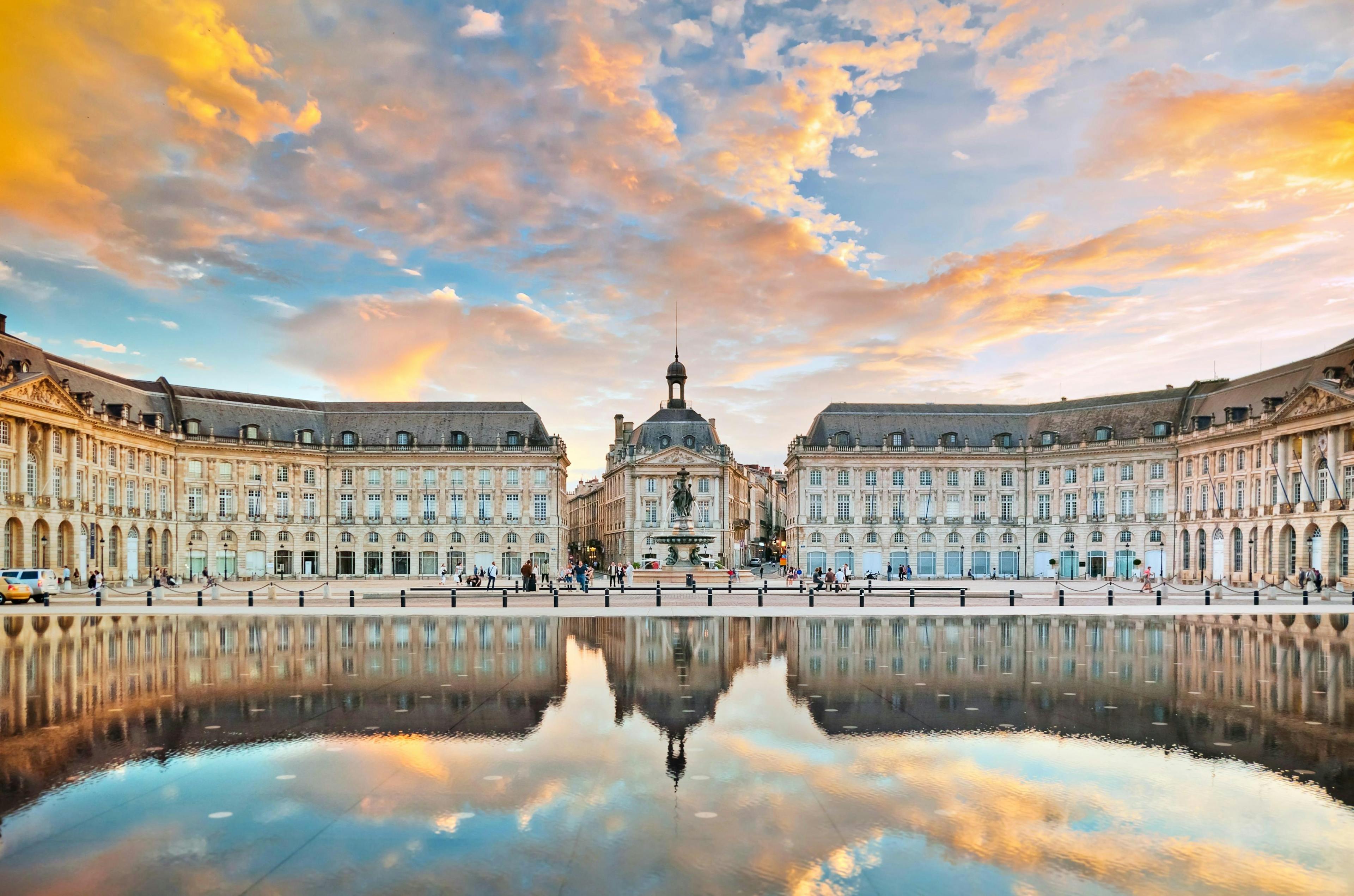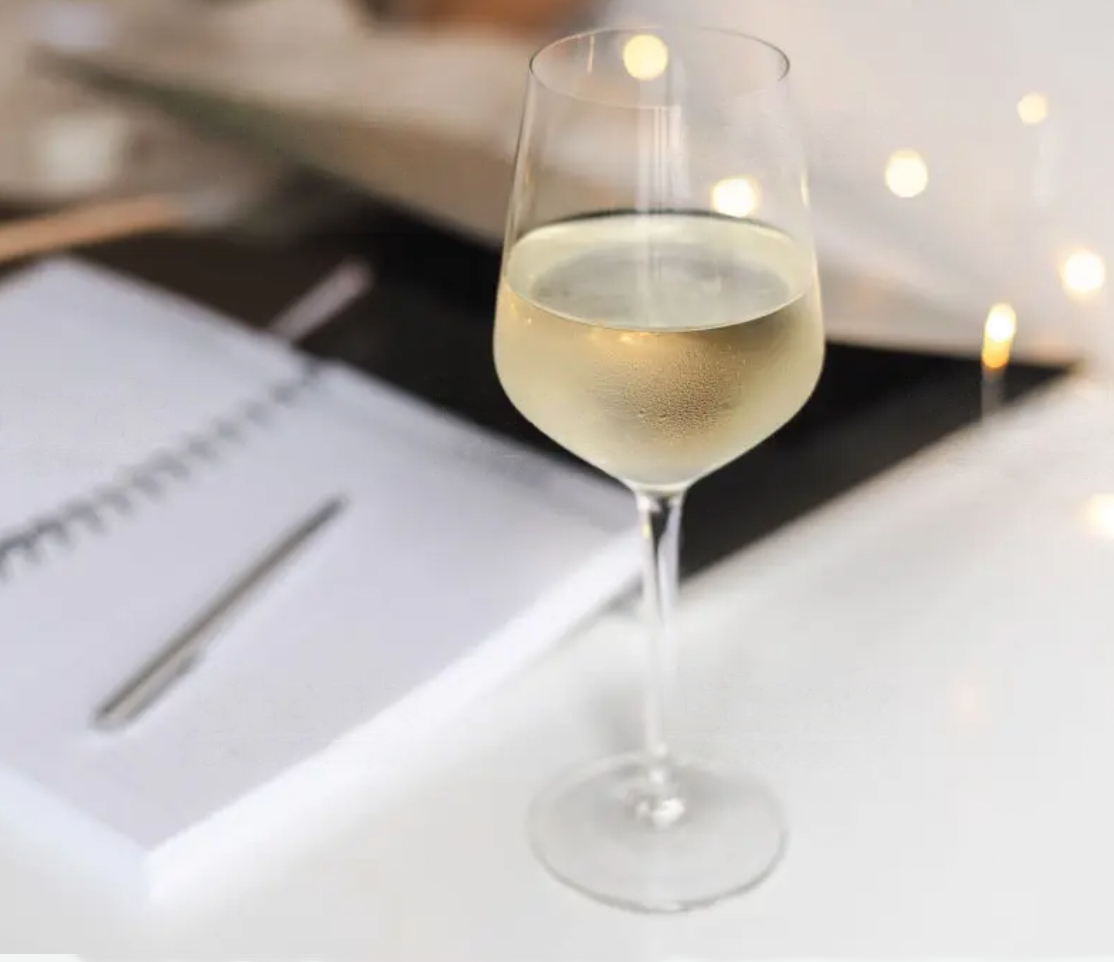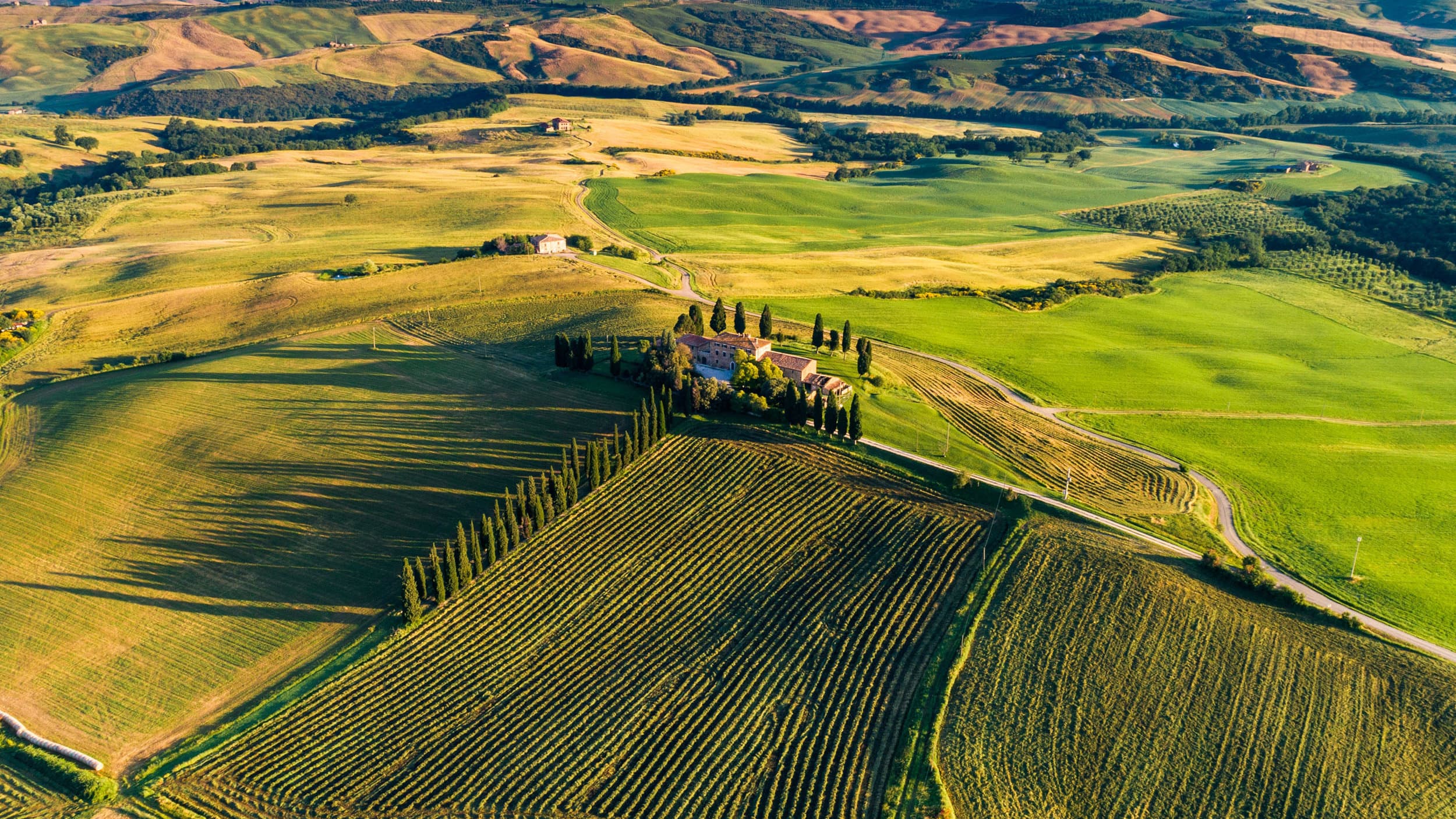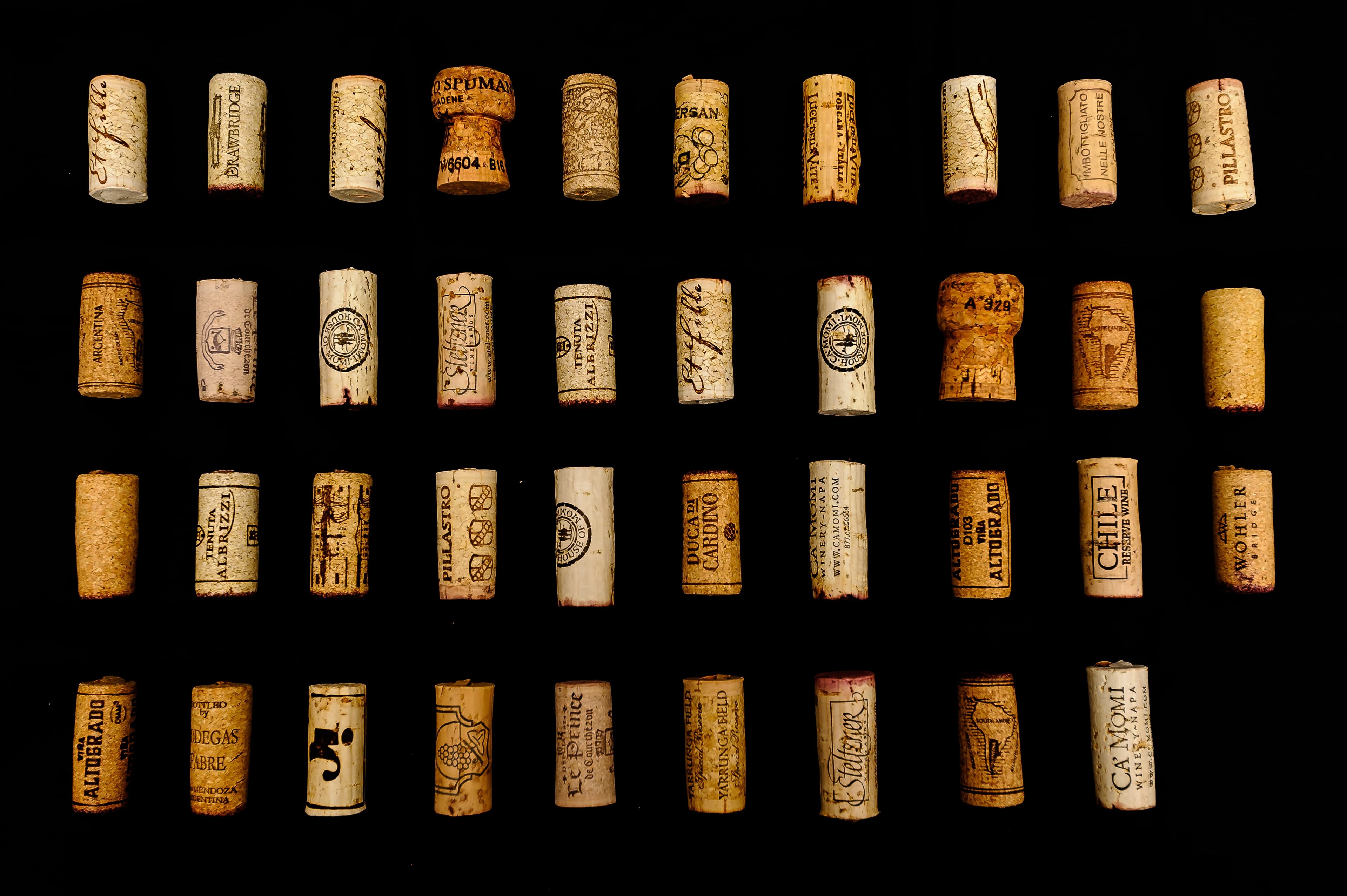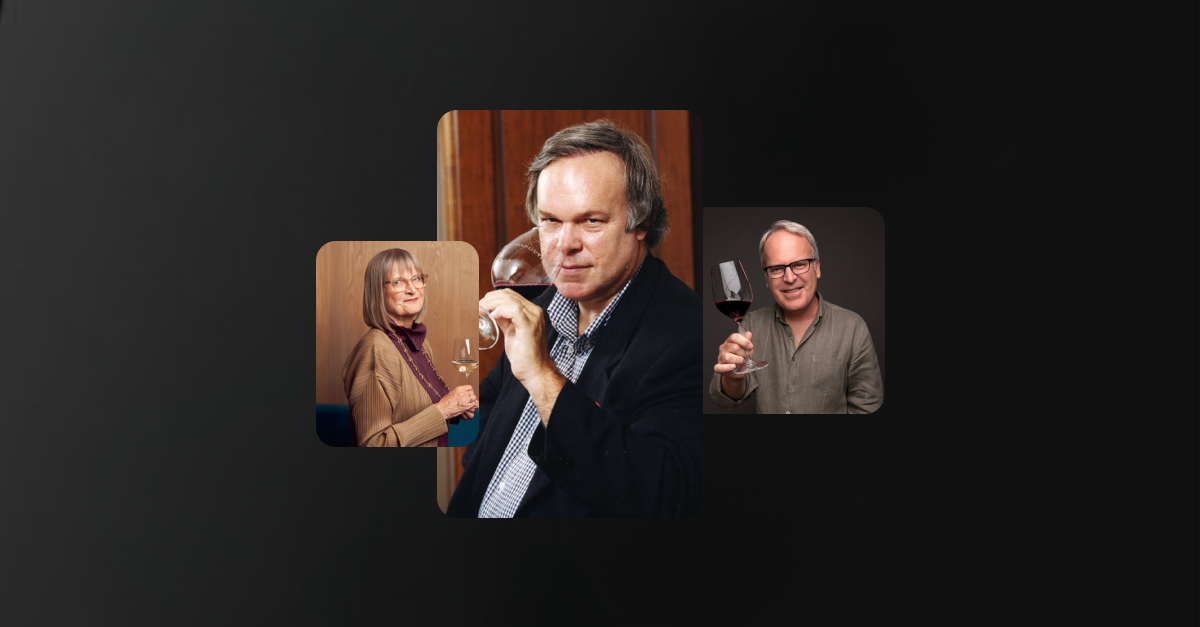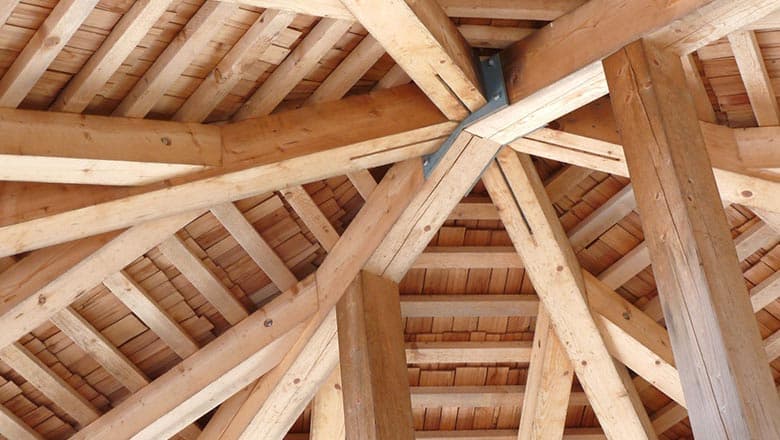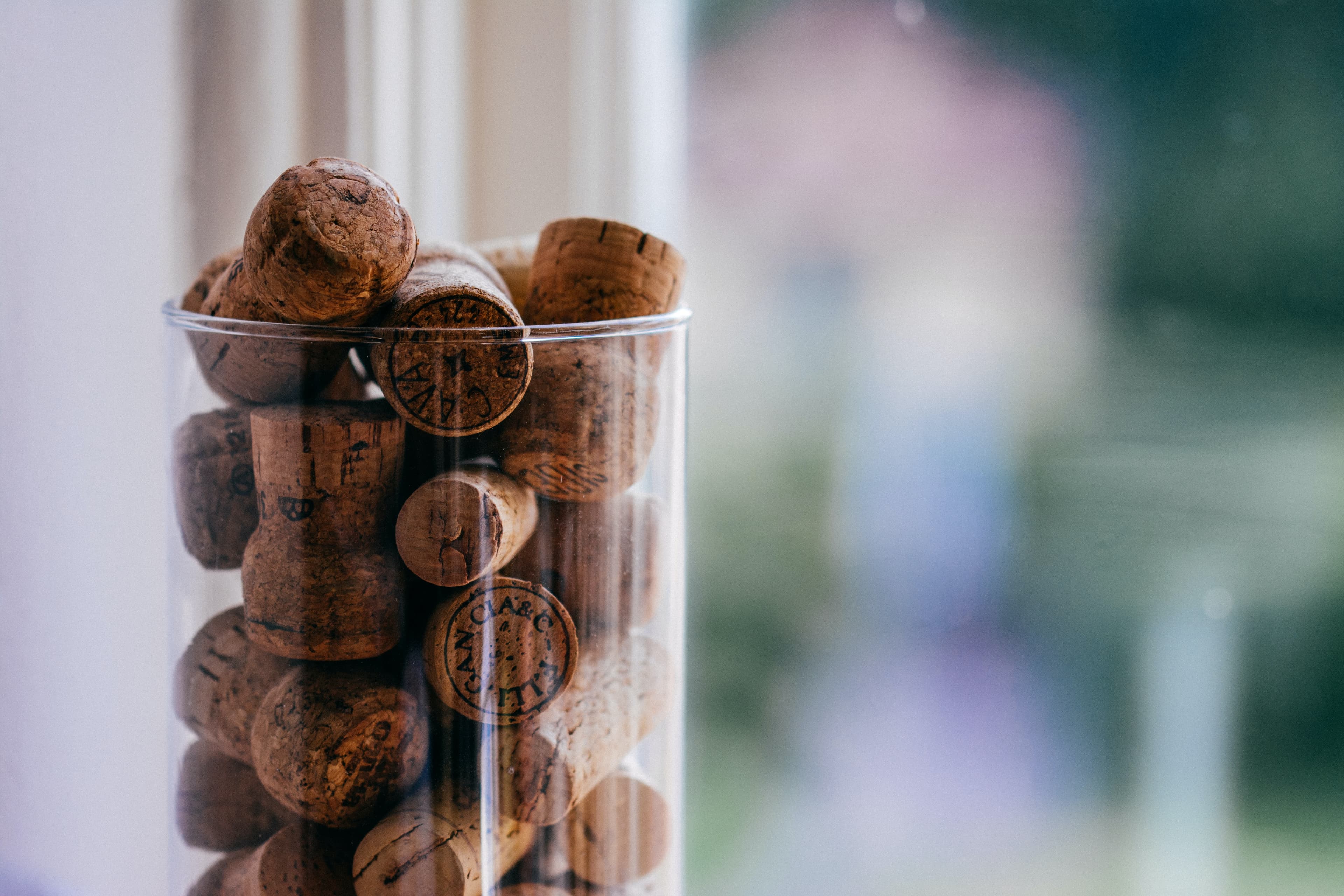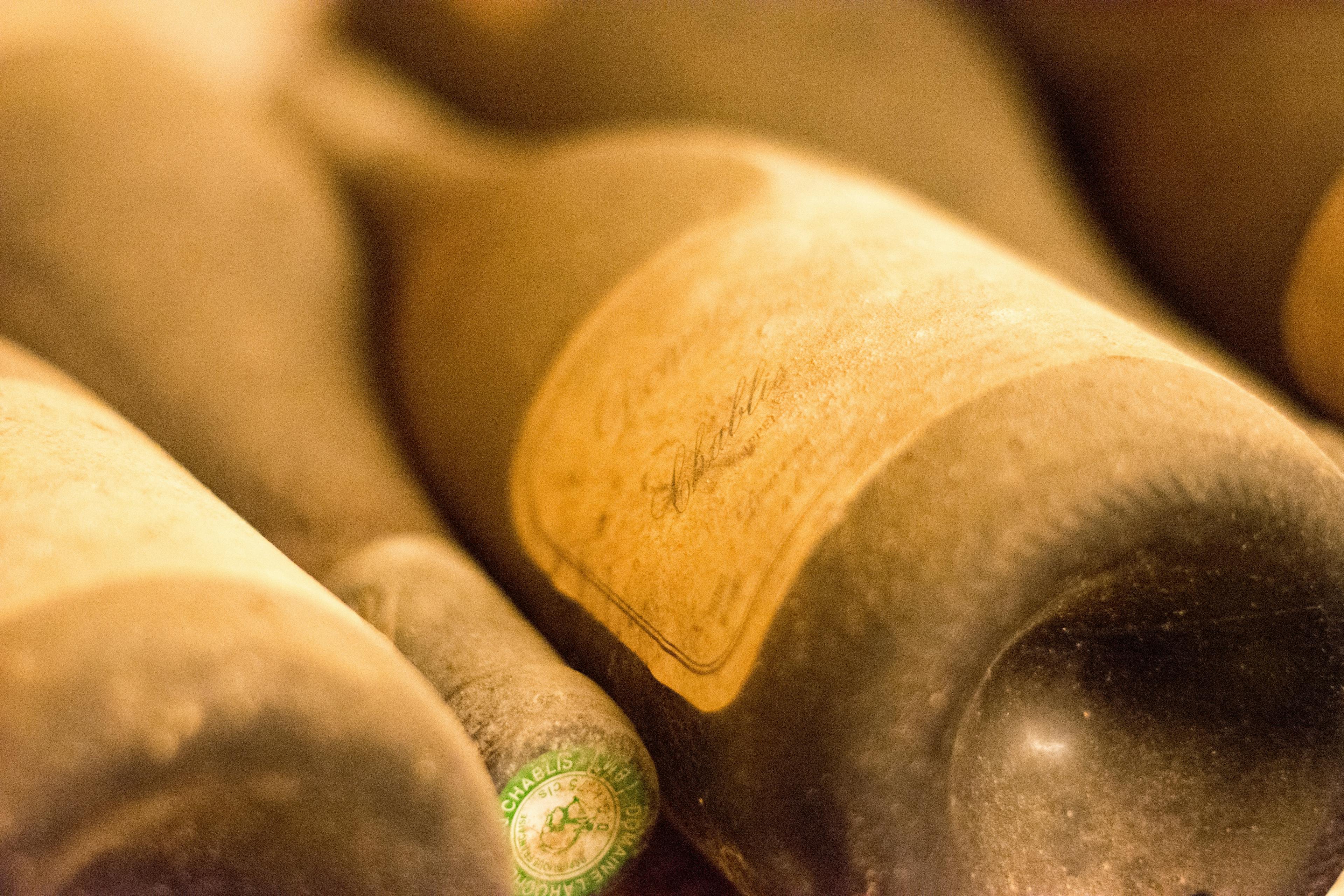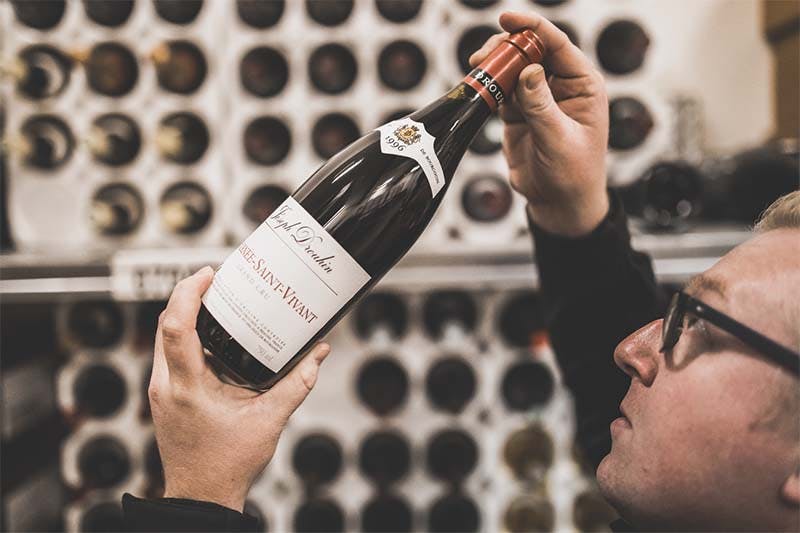What is the History Behind Vieux Château Certan?
12 min read
Head of Content

Nestled in the heart of Bordeaux, France, Vieux Château Certan stands as a testament to the rich history and tradition of winemaking. This esteemed vineyard, known for its exceptional wines, has a storied past that dates back several centuries. The château's journey through time reveals a fascinating blend of tradition, innovation, and resilience, making it a pivotal figure in the world of fine wines. From its early beginnings to its current status as a revered name in the wine industry, the history of Vieux Château Certan is as complex and captivating as the flavors of its celebrated wines.
The Origins of Vieux Château Certan
Nestled in the heart of Pomerol, Bordeaux, Vieux Château Certan stands as a testament to the rich winemaking heritage of France. This esteemed estate dates back to the mid-16th century, originally established by the Demay family, who were Scottish by descent. Over the centuries, ownership transitioned through various hands, each contributing to the development and prestige of the vineyard.
Early Records: The earliest documentation of the estate's existence appears in records from 1745, highlighting its prominence even in early times.
Architectural Influence: Influential architecture at the château, including its iconic tower, was added in the 1850s, symbolizing its status and the aesthetic appeal of that era.
Grape Varieties: Traditionally, the vineyard has been planted with a mix of Merlot, Cabernet Franc, and a small percentage of Cabernet Sauvignon, adhering to the classic Pomerol style.
Renowned Ownership: In the 1920s, the estate was acquired by Georges Thienpont, a member of a famous Belgian wine merchant family, marking a new chapter in its history.
For more detailed facts, exploring the legacy and influence of Vieux Château Certan provides a deeper appreciation of its historical significance and enduring quality.
Key Historical Milestones
Exploring the key historical milestones of Vieux Château Certan reveals a rich tapestry of wine-making excellence. Established in the 16th century, this esteemed vineyard has been producing top-quality wines that reflect the unique terroir of Pomerol, France. One of the earliest records indicates that the estate was already a recognized name by 1745, known for its robust and flavorful wines.
1770s: The Demay family, who were then owners, began exporting their wines to foreign markets, enhancing the estate's reputation globally.
1924: Under the guidance of Georges Thienpont, a new era began with significant investments in modern winemaking techniques and facilities.
1947: This year marked the production of one of the estate's most legendary vintages, which was highly acclaimed for its complexity and depth.
1985: A pivotal year when a major replanting effort was undertaken to replace old Merlot vines with Cabernet Franc, further diversifying the taste profile of its wines.
2004: Introduction of precision viticulture techniques, employing advanced technology to enhance vineyard management and grape quality.
Each milestone not only underscores the estate's commitment to quality but also its adaptability and innovation in the evolving world of winemaking.
The Evolution of Winemaking at the Estate
The evolution of winemaking at Vieux Château Certan reflects a rich history of innovation and excellence. Initially established in the 16th century, the estate has undergone significant transformations, adapting to both technological advancements and changing market demands. Early records indicate that by the 18th century, the estate was already recognized for producing high-quality wines, which were primarily consumed by the European aristocracy.
Throughout the 19th and 20th centuries, Vieux Château Certan embraced new winemaking techniques, including the introduction of temperature-controlled fermentation processes, which significantly improved the consistency and quality of their wines. This period also saw the planting of diverse grape varieties, enhancing the complexity and appeal of their blends.
In recent decades, the focus has shifted towards sustainable viticulture, emphasizing organic practices to preserve the terroir and ensure the health of the vineyard ecosystem. This approach has contributed to the production of popular vintages that are celebrated worldwide for their depth and character.
Introduction of innovative winemaking equipment
Shift towards organic and sustainable practices
Recognition of the estate's wines among global connoisseurs
Ownership Changes Through the Centuries
Vieux Château Certan, a prestigious winery in the Pomerol region of Bordeaux, has experienced numerous ownership transitions that have shaped its development and reputation. Initially established in the 16th century by the Demay family, the estate was recognized for its exceptional wine quality early on. In the 18th century, it was acquired by the Certan family, whose name it still bears today.
19th Century: The estate saw significant enhancements under the management of Charles de Bousquet, who introduced innovative viticulture techniques, elevating the quality of the wines.
1924: Georges Thienpont, a wine merchant from Belgium, purchased the estate, marking the beginning of a new era focused on meticulous craftsmanship.
1946-1960s: Under the guidance of Georges' son, Léon Thienpont, the winery solidified its reputation, producing some of the most acclaimed vintages.
Modern Times: Today, Alexandre Thienpont, representing the third generation, oversees the vineyard, maintaining high standards and integrating modern technologies with traditional methods.
These shifts in ownership have not only brought different perspectives and innovations but have also consistently upheld the estate's dedication to quality and excellence in wine production.
The Impact of World Wars on Production
The impact of the world wars significantly disrupted the wine production at Vieux Château Certan, one of Bordeaux's most esteemed estates. During World War I, many vineyards in the region were abandoned as workers were drafted into the military. This left the vines untended and susceptible to disease and neglect. Similarly, World War II brought about challenges, including occupation by foreign forces and requisition of supplies, which further hampered wine production.
Labor Shortages: Both conflicts resulted in a severe shortage of labor as many of the vineyard's workers were called to fight. This led to a decline in vine maintenance and harvesting, critically affecting the quality and quantity of the vintage years during and immediately following the wars.
Economic Impact: The wars also strained the local economy, reducing domestic demand and complicating export logistics. With fewer resources available for investment in viticulture, the vineyard struggled to maintain its pre-war standards.
Recovery and Modernization: Post-war recovery was slow but marked by significant changes in vineyard management and wine-making techniques. The introduction of more modern equipment and methods eventually helped in enjoying a resurgence in the quality of the wines produced at Vieux Château Certan.
These historical challenges have shaped the estate's approach to wine production, influencing both its legacy and its current practices.
Restoration and Modernization Efforts
The restoration and modernization efforts at Vieux Château Certan have been pivotal in maintaining its esteemed reputation. In the late 20th century, the estate underwent significant renovations to update the vinification facilities and improve the overall infrastructure. This included the introduction of temperature-controlled vats and an upgrade to the barrel aging cellars, ensuring that each vintage could serve with optimal quality.
Technological Integration: Advanced technology was integrated into the winemaking process, allowing for more precise control over fermentation temperatures and thus, better flavor profiles in the wines.
Vineyard Revitalization: Efforts were also made to revitalize the vineyards, with older, less productive vines being replaced with new rootstocks better suited to the local terroir.
Sustainability Practices: Emphasis on sustainable practices increased, with a move towards organic viticulture to ensure environmental responsibility alongside premium wine production.
These enhancements have not only preserved the historical essence of Vieux Château Certan but have also fortified its legacy as a producer of world-class wines.
Historical Figures Associated with the Château
Vieux Château Certan, a prestigious winery in the Pomerol region of Bordeaux, has been associated with several notable historical figures that have shaped its legacy. Initially, the estate was established by the Demay family, who were originally from Scotland. They brought with them a deep knowledge of viticulture, which significantly influenced the early development of the vineyard.
In the mid-18th century, the property came under the ownership of Charles de Bousquet, a military commander during the reign of Louis XV. His leadership skills were not only evident on the battlefield but also in his management of the vineyard, where he implemented innovative farming techniques that are still admired today.
Another key figure was George Thienpont, a Belgian wine merchant who acquired the estate in 1924. His vision for Vieux Château Certan was instrumental in its rise to fame. Thienpont introduced stricter selection processes for grape picking and focused on producing a smaller quantity of wine, but of higher quality.
For those interested in preserving the quality of wines from this historic estate, understanding how to store Vieux Château Certan properly is essential. Proper storage ensures that the wine's rich history and exquisite flavors are maintained.
Archival Records and Their Stories
Archival records from Vieux Château Certan reveal a rich tapestry of historical narratives that underscore its unique position in the Bordeaux wine region. These documents, dating back several centuries, provide insights into the vineyard's management practices, ownership changes, and the evolution of wine production techniques. They highlight the enduring commitment to quality and innovation that has defined the estate throughout its history.
Early Beginnings: Records from the 18th century detail the initial establishment of the vineyard, noting the varieties of grapes planted and the early adoption of pioneering viticulture techniques.
Ownership Transitions: Through the 19th century, the château changed hands multiple times, each owner contributing their vision and expertise, which helped shape the vineyard's development and its characteristics.
Innovative Milestones: The 20th century brought technological advancements, documented in the archives, which include the introduction of temperature-controlled fermentation processes.
Cultural Impact: The records also touch on the château's influence on local and international wine culture, illustrating its role in setting standards for excellence.
These archival treasures not only document the past but also serve as a guide for future practices, ensuring the legacy of Vieux Château Certan continues to thrive.
The Château's Role in the Bordeaux Wine Community
Vieux Château Certan, a prestigious estate in the Pomerol region, has significantly influenced the Bordeaux wine community. Established in the 16th century, this château has been a benchmark for quality and tradition in winemaking. Its role extends beyond just producing exquisite wines; it also sets standards in viticulture and enology that inspire other vineyards across Bordeaux.
Educational Contributions: Vieux Château Certan actively participates in research and development projects aimed at improving viticultural techniques. This involvement helps elevate the overall quality of Bordeaux wines, ensuring that the region remains at the forefront of the wine industry.
Cultural Impact: The estate hosts numerous events that celebrate the rich heritage of Bordeaux winemaking. These gatherings foster a sense of community and shared purpose among local vintners.
Economic Influence: By consistently producing high-quality wines that command premium prices, Vieux Château Certan contributes to the economic stability of the area. Its success encourages tourism and boosts local businesses related to wine production and sales.
For enthusiasts looking to explore how to best enjoy these wines, discovering the ideal food pairings can significantly enhance the tasting experience.
How History Influences Current Winemaking Practices
The rich history of Vieux Château Certan significantly influences its current winemaking practices, blending tradition with modern techniques. Established in the mid-18th century, this prestigious vineyard in the Pomerol region of Bordeaux has developed a deep understanding of the local terroir. This knowledge guides the selection of grape varieties best suited to the soil and climate, primarily Merlot, followed by Cabernet Franc and a small percentage of Cabernet Sauvignon.
Heritage Techniques: The traditional methods of handpicking grapes and using horse-drawn ploughs are still employed today. These practices ensure gentle handling of vines and soil, promoting a sustainable ecosystem which is crucial for producing high-quality grapes.
Barrel Aging: Historical records indicate that the estate has long embraced the practice of aging wine in oak barrels. This method continues to be a cornerstone of their winemaking process, adding complexity and character to the wines.
Innovation Integration: While respecting historical practices, the estate also integrates modern technology. Precision agriculture tools are used to monitor vine health and optimize water usage, ensuring that each vintage reflects both the heritage and the potential of the vineyard.
By honoring its past and embracing the future, Vieux Château Certan continues to produce distinguished wines that are celebrated worldwide.
Conclusion
In conclusion, the rich history of Vieux Château Certan is a testament to the enduring legacy and prestige of French winemaking. As one of the oldest estates in Pomerol, it has consistently produced wines that are not only a reflection of its unique terroir but also a symbol of the meticulous care and tradition that define the region. The evolution of the estate, from its early beginnings in the 16th century to its current status as a beacon of quality and innovation, mirrors the broader narrative of Bordeaux wines, which have long been cherished by collectors and connoisseurs around the world.
For enthusiasts looking to invest in or collect wines from Vieux Château Certan, Rekolt offers an exceptional service that enhances the experience of owning such prestigious bottles. By choosing to store your wine purchases in our professional cellars, you ensure that they are kept under optimal conditions, preserving their quality and enhancing their value over time. This service not only provides peace of mind but also makes it easier to manage your wine portfolio, with the flexibility to resell or trade as market conditions evolve. Whether you are a seasoned collector or new to the world of fine wines, Rekolt's marketplace and cellar storage solutions offer a seamless and secure way to enjoy the rich history and exquisite flavors of estates like Vieux Château Certan.
Share this article
